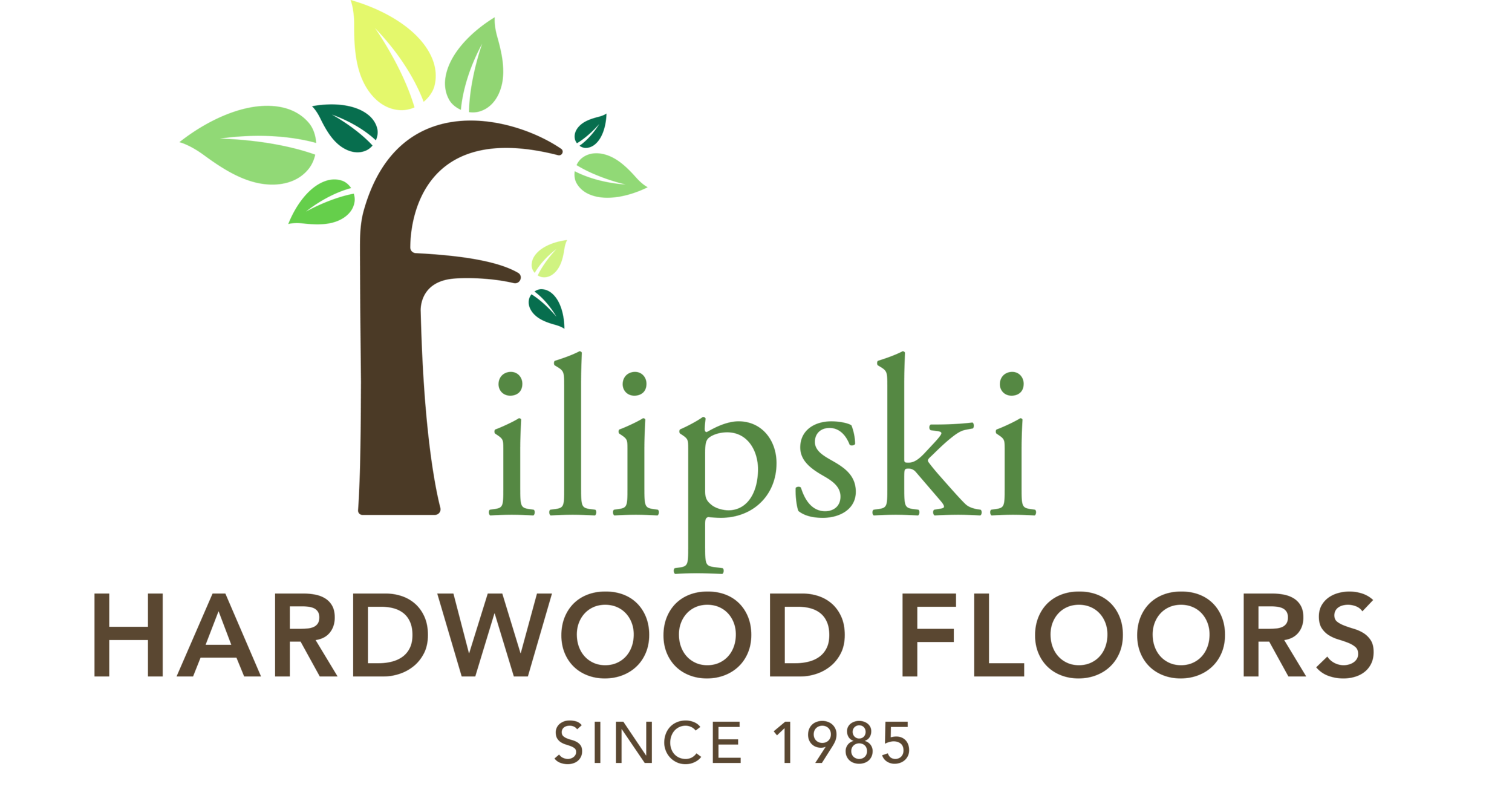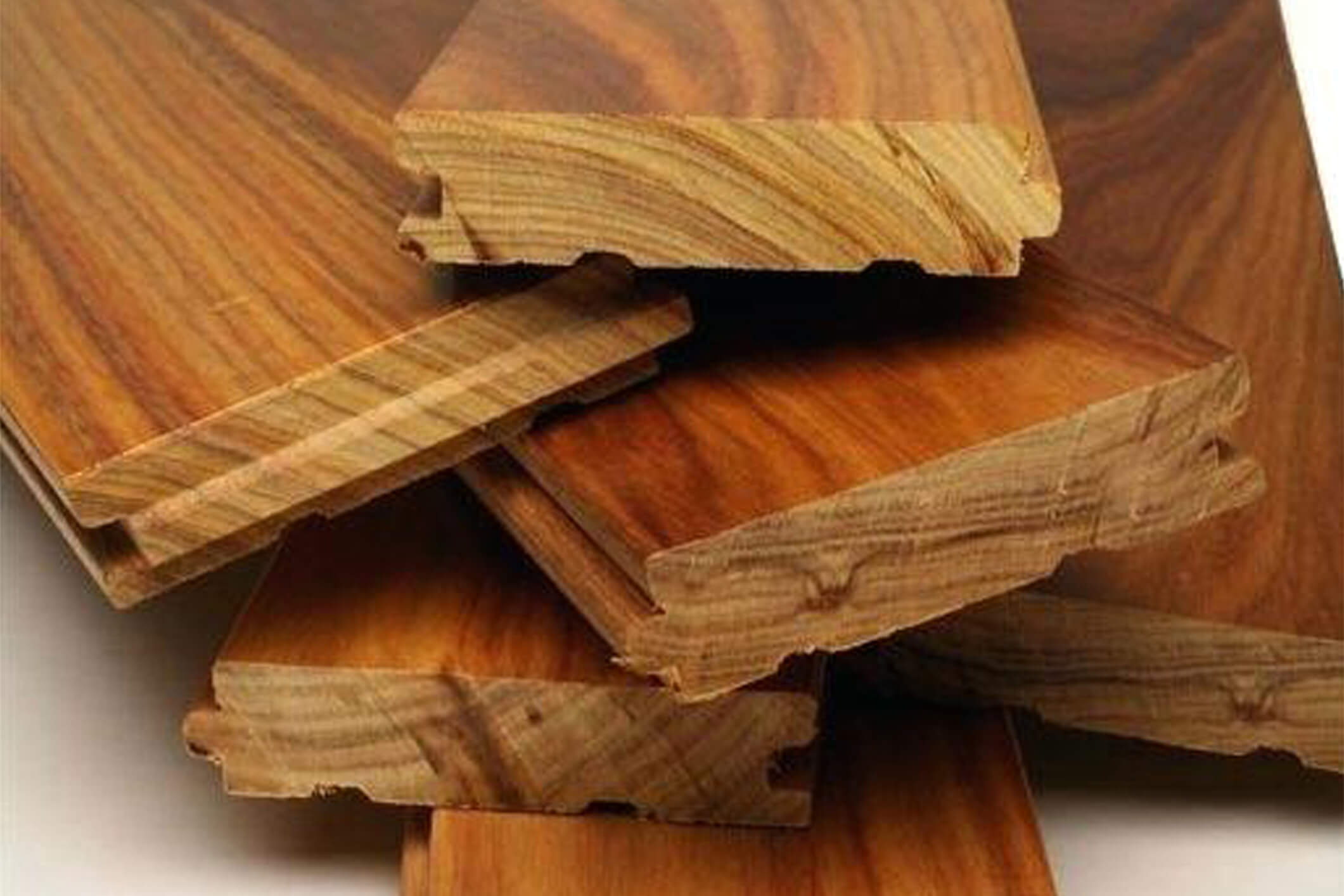SOLID HARDWOOD
Solid Hardwood Flooring
Solid wood flooring is made of one piece of wood from top to bottom and can be sanded and refinished many times.
Wood flooring is made from hardwoods, softwoods, domestic lumber, and a variety of imported lumber. Each wood species has unique visual characteristics
Solid Unfinished Hardwood Floors
While it does take time and effort to install and finish wood floors on-site, the result is highly rewarding. Site finished flooring enables a greater range of flooring options with multiple colors, stains, finishes, and styles. Click here for samples.
Advantages to Site-Finished Hardwood Floors
More options for custom staining and unique finishes.
The floor is more uniform and smoother after on-site sanding.
Easier to match newly installed hardwoods to existing hardwoods or other interior elements.
No empty spaces, cracks or beveled edges between planks.
More flooring options are available in unfinished wood.
Solid Pre-Finished Hardwood Floors
This type of hardwood flooring comes from the factory stained, finished and ready to install. To begin the prefinished hardwood floor installation process all that is needed is a clean, smooth and dry sub floor. While the material cost is somewhat more than unfinished floors, the cost for labor is less because there is no sanding involved or additional coats to apply.
Advantages to Pre-Finished Hardwood Floors
Quick install time
Very little dust and debris.
No smell caused by the finish.
More convenient for the homeowner because it can be accessed immediately after installation.
ENGINEERED HARDWOOD
Engineered Hardwood Flooring
Engineered hardwood flooring is less expensive than solid hardwoods, but it is still genuine wood flooring. When you select a quality product and invest in professional installation, you can’t tell the difference by looking or touching.
What’s the Difference Between Solid Wood and Engineered Hardwood Flooring?
Engineered hardwood is a “sandwich” of 1/16” to ¼” of finished wood bonded onto two layers of plywood. The result is a lower priced product with the same high-quality feeling. The multi-layer construction of engineered wood adds additional strength and an increased moisture barrier to the flooring.
Engineered Wood Floors are Pre-Finished
The top layer of engineered wood floors is already sanded, stained and sealed, which can decrease the time required for installation. Unfinished solid hardwood must be sealed and there is a waiting time before its ready for use. (Note: solid hardwood is available pre-finished, as well). Engineered flooring is available in many species, just like solid hardwood, to suit every type of décor.
Can Engineered Wood Flooring Be Sanded?
The advantage of engineered wood flooring over luxury laminate flooring is that most engineered wood can be sanded when inevitable scratches and dings develop. There are several things to keep in mind, though:
Limited Sanding Only: Engineered flooring cannot be sanded more than 1-2 times (depending on the thickness of the wood surface layer).
Professional Sanding Recommended: Because of the low tolerance for failure with sanding engineered wood, you should always have a professional do the sanding. It is very easy to gouge your engineered wood floor, revealing the plywood underneath.
Durability Means Value
Engineered wood flooring is the better counterpart to luxury vinyl for long-term value. Sand, re-stain, refinish and treat engineered like actual wood without any worries, because it is real wood.
LAMINATE FLOORING
Laminate Flooring
Today’s state of the art manufacturing processes creates laminate flooring that looks more like real wood than ever before. Laminate flooring has characteristics common to both engineered hardwood and vinyl wood look tiling. Professional installation is quick and easy, making laminate flooring a cost-effective choice.
What is Laminate Flooring?
Laminate flooring has a surface layer of two thin sheets of paper infused with melamine. The surface layer, a photograph of wood grain, is attached to a wood-chip composite board. Well-made laminate is covered by a hard, transparent layer that’s highly resistant to chair scratches, dropped objects, dog toe-nails, high heels, etc.
Why Choose Laminate Flooring?
Laminate flooring installation offers an ideal solution for the cost-conscious buyer. The product AND the installation are less expensive than solid or engineered hardwood. Good quality laminate, professionally installed, provides a sturdy, attractive flooring choice.
Laminate floors make the best choice when you need a highly durable surface. Solid hardwoods dent, while laminate flooring is almost impervious to dents and scratches. Laminate flooring has a tough “wear layer” that give it durability.
Laminate floors are free from defects. Naturally-grown hardwood which comes with many imperfect pieces that need to be discarded or re-engineered. Because laminate flooring is factory produced, there are little or no defects in laminate flooring.
Laminate stands up to moisture so it can be installed in bathrooms, kitchens, and other places where you encounter “topical moisture”. Remember, however, it will not tolerate standing pools of water. Of course, solid and engineered hardwood are not recommended in these areas either.







